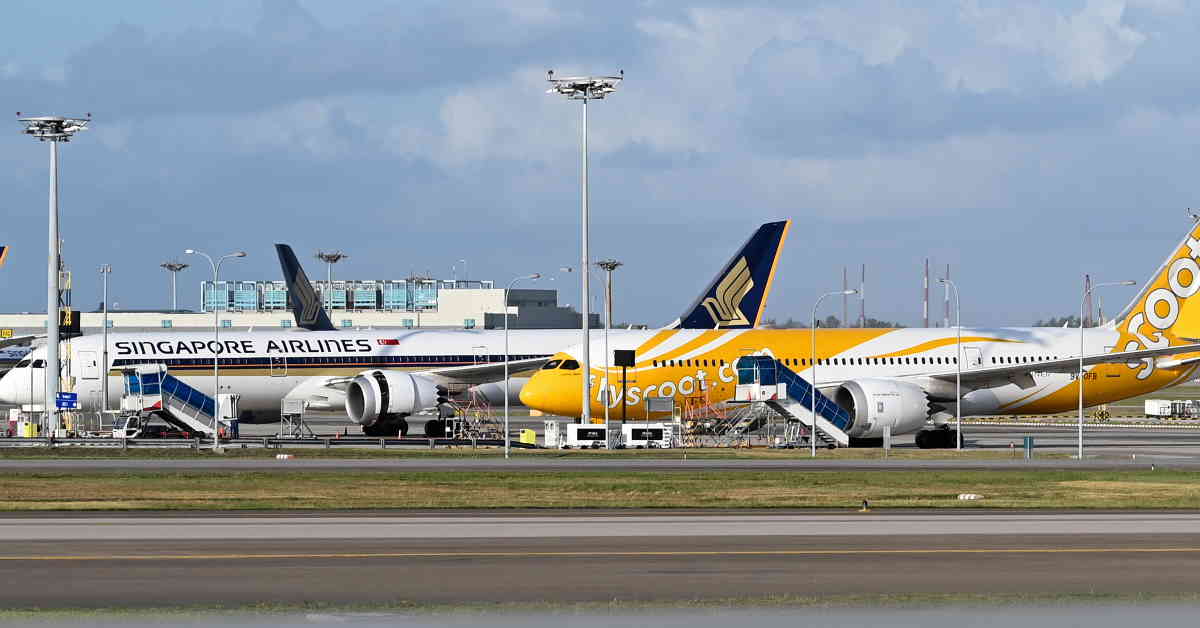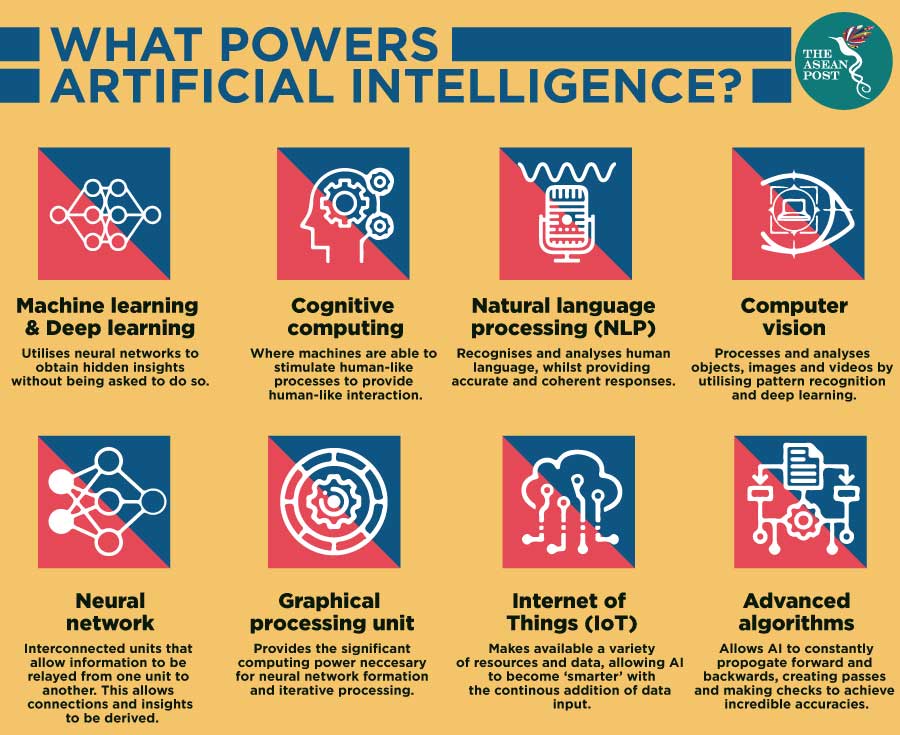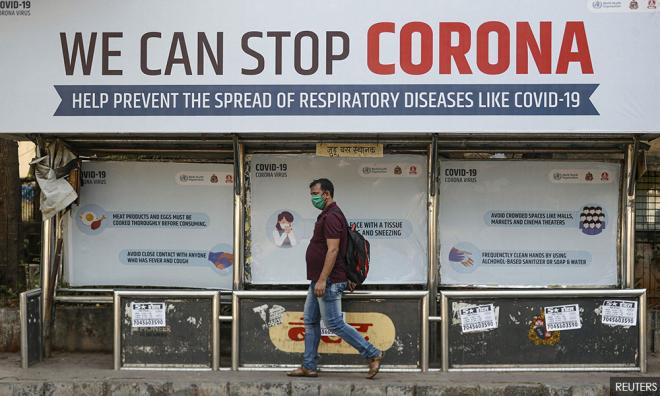
Published by The Asean Post, images from The Asean Post.
Passenger air travel is predicted to sustain positive growth rates up to 2030, despite the challenge of high jet fuel prices that airlines are facing plus stagnant economic growth.
These tough economic conditions are forecast to be offset by the rise in passenger numbers, which in turn is expected to improve the financial performance of the airline industry.
It is believed that the global aviation industry will reach up to US$29.3 billion in profits in 2020, up from only US$8.3 billion in 2011. Between 2019 and 2038, the number of airline passengers is projected to rise at a compound annual growth rate (CAGR) of 4.6 percent.
Of course, the impact of the COVID-19 coronavirus epidemic on the travel and aviation industry has not been factored in yet, as it is still in its early days as far as its full impact on the economy is concerned.
Amongst the emerging technologies in today’s era, Artificial intelligence (AI) is still at the preliminary stage in the aviation industry. Up till now, AI has been implemented by airlines for baggage check-in, facial recognition, customer questions and answers (Q&As), and aircraft fuel optimisation.

Nonetheless, AI has significantly more applications and can revolutionise the way airlines do business as well as helping pilots fly their planes.
In the future, AI will assist the pilot to manage the many complexities in flying a plane efficiently – which means safety is more guaranteed. However, it is important to stress that AI does not entirely replace the job of a human pilot, but assists them to control the plane.
Generally, pilots are faced with many concurrent and real-time situations where they are forced to make snap critical decisions.
For example, this technology can visualise turbulence and other weather hazards along the flight path, hence, pilots can adjust their courses more precisely. It also helps pilots by giving them real-time updates which can be shared with travellers while they’re in the air in advance of encountering turbulence or bad weather. It can also let them know how long it is expected to last.
The key aspect of AI technology is its ability to use machine learning and learn from the impact of a disruption so that pilots can make better decisions when the same situation occurs in the future.
On the other hand, a report has indicated that runway excursions during the landing phase now represent the largest category of accidents in air transport, amounting to approximately 20 percent of all reported occurrences.
On 14 January, 2019, a Boeing 707 operated by Saha Airlines on a cargo flight crashed at Fath Air Base, near Karaj, Alborz Province in Iran. There was only one survivor out of the 16 people on board.
The plane overran the runway, crashed through a wall, and came to rest after colliding with a house in the neighbourhood of Farrokhabad. Poor weather conditions were also reported as one of the causes of the incident.
Owing to the incident, every pilot must now be assisted with “intelligent landing assistance” to land a plane. Runway Overrun Prevention Systems (ROPS) is a system that has been developed by Airbus to guide pilots in making safe and smart decisions when landing a plane.
In an unstable condition, without actual information on the risk of a consequent runway overrun, pilots may think that they have enough landing distance margins. ROPS is designed to continuously estimate whether the plane can safely stop in the runway length remaining ahead of it.
This software calculates the plane’s approach speed and weight and compares the resulting physics model with the published runway length and current local weather on approach. If it notices any risky situation, a message “Runway too short!” will be transmitted right away.
ROPS also estimates the ideal approach of glide-slopes or trajectories for the landing approach which helps with taxiing, take-off, and other aspects of flight.
Another interesting area where AI is used in aviation is predictive maintenance. Airlines are fast embracing AI to monitor a plane’s technical condition by predicting when a part requires maintenance, which ensures repairs are done without delay.
Typically, this predictive system is compatible with both desktop and mobile devices, which allows technicians to access real-time and historical data of the plane from any location. As they are aware of the plane’s current technical condition through alerts, notifications, and reports, they can instantly detect issues pointing to a possible malfunction and replace parts proactively.
Technically, AI works with Natural Language Processing (NLP) to scan maintenance logs, foresee failure, and recommend fixes. Consequently, the maintenance costs of airlines can be reduced and passengers kept safer.
Studies show that airlines bear higher costs due to delays and cancellations that include expenses for maintenance and compensation to travellers that are stuck at airports. With nearly 30 percent of the total delay time caused by unplanned maintenance, this predictive maintenance applied to fleet technical support is beneficial.
Remarkably, experts also claim that this upgrade to AI has led to a significant drop in flight delays due to plane technical malfunctions.
Rather than AI replacing humans outright in aviation, AI and human pilots have proven to be a complementary team when flying planes. The challenge here is not to leave the pilot on the ground, but to remove the pilot’s mistakes for a safer flight and better customer flight experience.
Nurafifah Mohammad Suhaimi is Research Assistant at EMIR Research, an independent think tank focused on strategic policy recommendations based on rigorous research.

